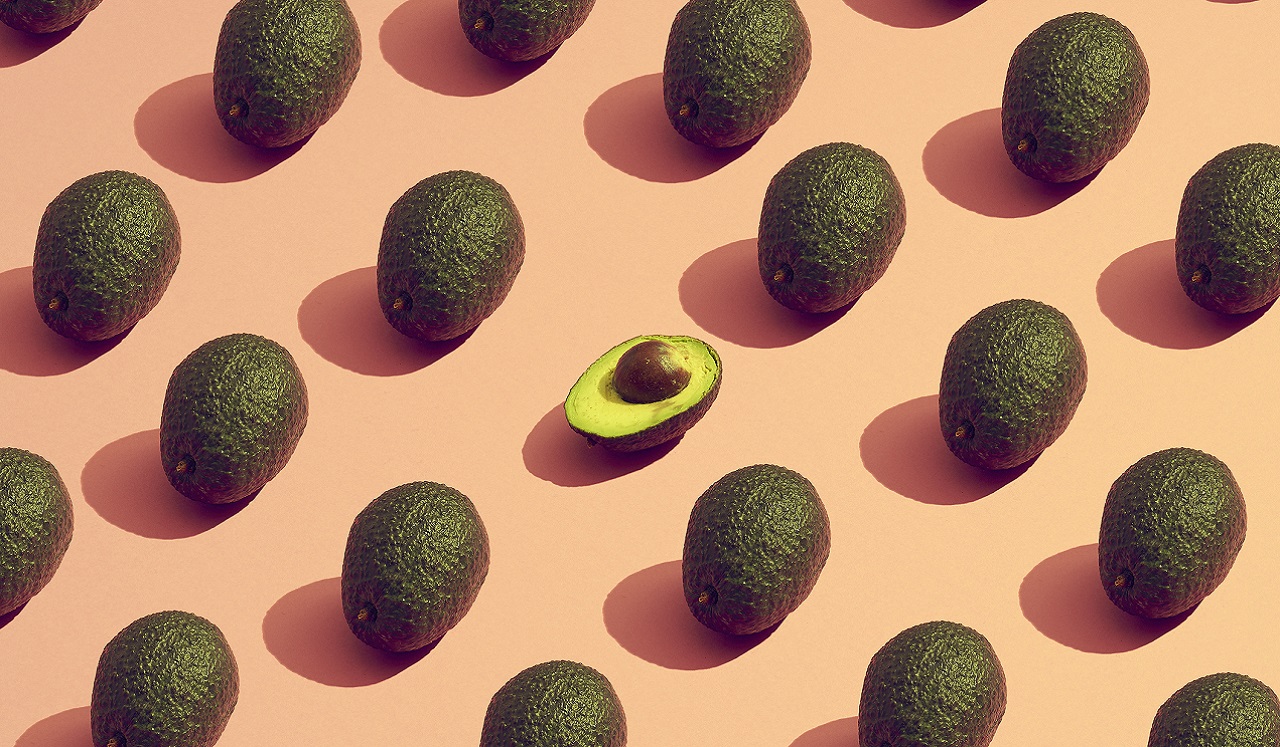Building muscle involves more than time at the gym. You also have to consider your protein intake.
“Protein is essential to our bodies, and not just for peak performance,” says Christina Curry King, MS, RD, CSSD, LD, Sports Dietitian at Memorial Hermann | Rockets Sports Medicine Institute. “Our muscles, skin and other organs are made of protein, at the cellular level.”
Ideally, you should consume at least 36 grams daily of protein per pound you weigh, spread over the day to build and repair muscle. But many sports dietitians, including King, believe a moderately active person should double that, even when trying to lose weight. In fact, a strength athlete may need to triple that, says King, who is the sports dietitian to the Houston Dash.
Bottom line: You need 43-86 grams of protein daily if you weigh 120 pounds or 54-108 grams if you weigh 150, minimally. And you need more if you’re strength-training or participating in team sports.
Like many sports dietitians, King recommends at least 20 grams per meal. “You’ll get maximal benefits from eating protein throughout the day.”
The biggest battle in the weight room may be meat-shunning versus meat-loving. Here’s what you need to know about each.
Plant Protein
The Big Advantage: A Mediterranean diet, high in vegetables, whole grains and fiber, is heart-healthier. Those who shun meat—vegetarians and vegans—are less likely to be obese, diabetic or hypertensive. Some report less inflammation.
Twenty Grams Equals: About 3.5 oz. of seitan; 1 cup tofu; 4.5 oz. tempeh; 1.5 cups of garbanzo and other beans; 1 scoop of protein powder; 1 cup of tofu, lentils or edamame; 3 cups of cooked quinoa; or 4 cups of brown rice.
Do's and Don'ts
Vary Your Sources. Protein is made up of amino acids, of which there are 21 that come from the diet. Nine of those are vital to building muscle mass, King says.
“Meats, eggs and dairy contain all of the essential nine amino acids in a single serving,” she says. “You need a larger amount and variety of plants to get all of your essential amino acids to build muscle.”
Consider Supplements. Protein powder and bars can help increase total protein intake. Vegans and vegetarians are at risk for iron and B12 vitamin deficiencies. The highest amount of these vitamins is typically found in meat.
Beware: Meat-Free Isn't Necessarily Gluten-Free. According to King, tempeh and seitan, among other ingredients found in meatless burgers and sausages, have wheat gluten. Preparation also matters: Deep-fried foods are high in saturated fat, whether they are carrots, potatoes or fish.
Combine Beans or Legumes and Rice. “Beans and brown rice complement each other in terms of the amino acids each is missing,” King says. Together, you get a variety of essential amino acids.”
Realize You'll Consume More Calories to Meet Plant Protein Needs. You may need to consume more calories to reach the desired protein amount if you rely solely on plant proteins.
“You get a lot more calories to get the same amount of protein from nuts, and nuts are higher in fat,” King says.
Avoid Going It Alone. If you’re considering transitioning to a vegetarian or vegan diet, a dietitian can help you guarantee you’re getting sufficient protein and nutrients, King says. You also can work together on fast, healthy and appealing dishes.
Meat Protein
The Big Advantage: Meat-eaters find it so much easier to reach peak protein consumption, she says. And if you stick to lean, lower-fat options, you don’t sacrifice your health.
Filet and leaner cuts of red meat can help you avoid higher levels of saturated fat, which contributes to hardened arteries, heart disease and stroke. Add high-fat and low-carbs, as in the Keto diet, and you lose fiber, minerals and vitamins—all vital to a balanced diet. You also may experience headaches, constipation and bad breath.
Twenty Grams Equals: Three eggs, one container of Greek yogurt or 3 ounces of fish or meat.
Do's And Don'ts
Go Lean. Strive to eat fish two to three times weekly. Skinless white-meat chicken, pork tenderloin or chops and filet or round beef are lower in fat.
Resist Being Single-Minded. To get all the essential amino acids, vary your menu and mix your protein throughout the week.
Don't Get Caught Up With Terminology. “Both farm-raised and wild-caught fish are safe to eat,” she says. “The important thing is to aim for two to three servings of fish per week, a challenge for many people.”
Most salmon sold and served in the United States is farmed, she says. When compared to wild-caught, farm-raised salmon has slightly higher fat content, but equal or greater amounts of heart-healthy omega-3 fatty acids.
Methylmercury, an organic and riskier form of the heavy metal, can build up in fish in streams and oceans. Young children and pregnant or nursing women are advised to shun shark, swordfish, mackerel and bluefin tuna steak, as they may have toxic levels of mercury.
Avoid Overthinking Organic vs. Non-Organic. “It’s a personal choice, she says. “It makes no difference nutritionally.”
Get Your Daily Dose of Health & Wellness
Sign up to receive the latest articles in your inbox.


